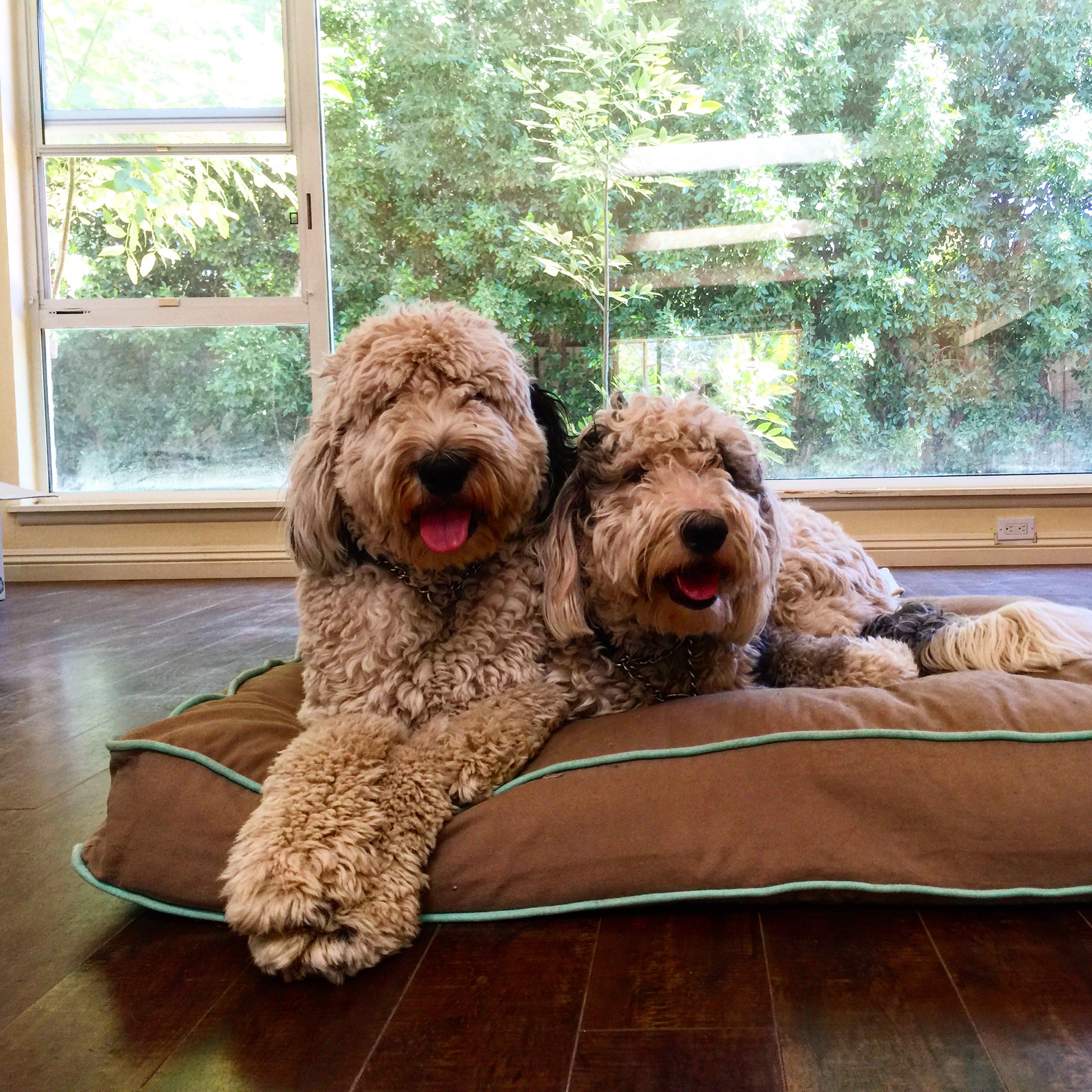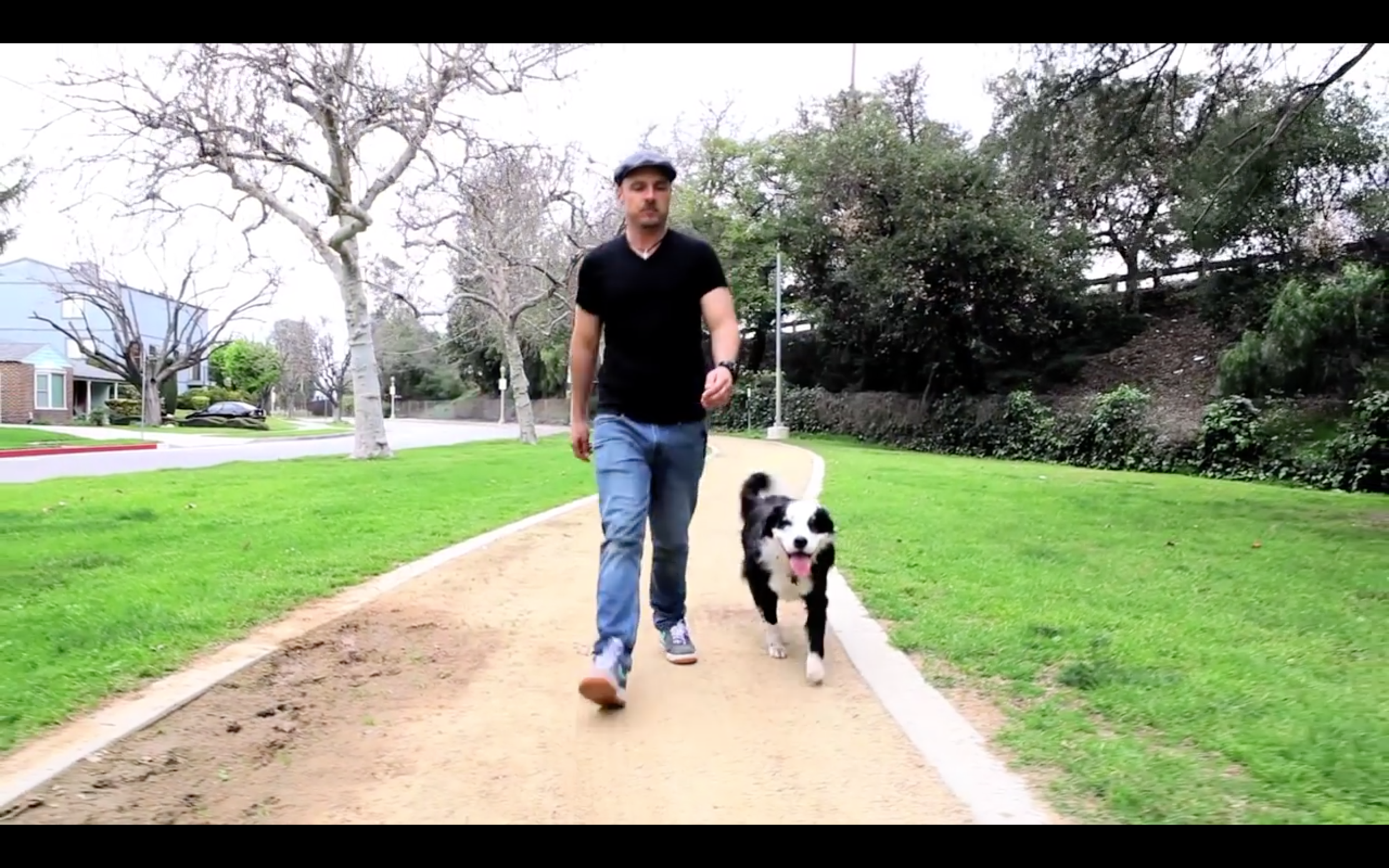Building An Athlete
 By Sean O'SheaOne of the biggest messages out there in dog training is the one about a tired dog being a good dog. The premise is, that if you'll just find a way to tucker your dog out consistently, he'll be happy, well-behaved, and chill. Your job is to find out how to exercise him or her enough to create this magic.But here's the rub. How would you, the human, go about becoming more athletic, having more stamina, more go-go juice, more endurance? You know the answer. It's an easy one. You'd workout. Consistently. Every day you'd push yourself, and every day you'd either maintain or increase your athletic abilities. Would you be tired post-workout? Sure. Of course. But after a little rest you'd be stronger, faster, and more resilient. And because exercise is addicting, because it releases so many pleasurable hormones, you'd be dying to go tomorrow!!It's the same for our dogs. We exercise them like crazy, teach them to just go, go, go, and then we wonder why they're movement/action/adrenaline junkies. We turn them into super athletes who NEED the fix daily. But even with the fix, they're still crazy and ill-behaved - just not for the hour post-action.Of course we, and our dogs need exercise, release, fun, activity etc., and we should all make sure to provide that for ourselves and our dogs. It's a big part of being healthy. But it's not the only part! Just like we need the other side of the coin -the calm, the focused, the relaxed - so do our dogs. Our dogs need a balance. They need the go and the slow. The on switch, and the off switch.And just like we can cultivate super athlete dogs, we can also cultivate relaxed dogs. We can cultivate and condition our dogs to be relaxed and calm through certain kinds of training and lifestyle. But most owners (and trainers) seem to forget this essential piece of the puzzle.If you were looking to learn how to slow your hyper-mind down, if you were looking to learn how to relax, if you were looking to learn how to be calm and chilled, you wouldn't expect exercise to be your only answer. No. You'd work on quiet activities - like reading, meditation, something creative, a quiet walk, downtime, rest. Of course this isn't a perfect parallel for our dogs; they can't do all the stuff we can, but they can do their own versions of it. And they can reap similar rewards.Some simple suggestions would be:-Slow your walk with your dog. (If it's a slow, structured heel it will work the brain far more than a speedy walk. Remember, slow is hard for dogs, fast is easy.)-Teach duration "place" or "down" commands. (Few things will transform your dog's behavior as dramatically as duration work. We call this doggie meditation for a reason. It slows the mind, and teaches dogs to learn to ignore the myriad stimuli that are going on all around them - and which they usually react to. This helps condition a calm, peaceful dog.)-Teach your dog to be able to manage its energy when playing. (Develop an "on/off" switch by utilizing action then dead-stop inaction. Play fetch or tug and after a few reps ask for a long down and walk away, move around, and then restart. This teaches your dog to learn to manage him or herself even when energy gets flowing - and that the play and action can stop at any moment.)-Only allow access to what your dog wants when calm behaviors are offered. (Crate rushing, threshold rushing, car door rushing, food rushing etc. All these are examples of opportunities to teach calm gets what you desire, thus conditioning more calm choices.)-Correct any unwanted, over the top behavior. (It's up to you to teach your dog what is and what isn't acceptable behavior. Stopping monkey business - think jumping on and off furniture, running around the house, jumping on people, barking at you or anything, mouthing etc - and overly aroused behavior will give your dog access to better choices.)-Slow yourself down! (Our dogs will definitely mirror us, and if we're constantly on-edge, agitated, moving fast, anxious, and stressed, we're far more likely to see similar stuff from them. If you'll provide a more calm, conscious, chilled out you, you'll have much better chance of getting more of this from your dog.)The main point here is that exercise alone won't give you the dog you want. It won't create a well-behaved, calm, respectful, relaxed dog. But the appropriate balance of exercise, structure, rules, and actually conditioning slower, calmer behavior will.
By Sean O'SheaOne of the biggest messages out there in dog training is the one about a tired dog being a good dog. The premise is, that if you'll just find a way to tucker your dog out consistently, he'll be happy, well-behaved, and chill. Your job is to find out how to exercise him or her enough to create this magic.But here's the rub. How would you, the human, go about becoming more athletic, having more stamina, more go-go juice, more endurance? You know the answer. It's an easy one. You'd workout. Consistently. Every day you'd push yourself, and every day you'd either maintain or increase your athletic abilities. Would you be tired post-workout? Sure. Of course. But after a little rest you'd be stronger, faster, and more resilient. And because exercise is addicting, because it releases so many pleasurable hormones, you'd be dying to go tomorrow!!It's the same for our dogs. We exercise them like crazy, teach them to just go, go, go, and then we wonder why they're movement/action/adrenaline junkies. We turn them into super athletes who NEED the fix daily. But even with the fix, they're still crazy and ill-behaved - just not for the hour post-action.Of course we, and our dogs need exercise, release, fun, activity etc., and we should all make sure to provide that for ourselves and our dogs. It's a big part of being healthy. But it's not the only part! Just like we need the other side of the coin -the calm, the focused, the relaxed - so do our dogs. Our dogs need a balance. They need the go and the slow. The on switch, and the off switch.And just like we can cultivate super athlete dogs, we can also cultivate relaxed dogs. We can cultivate and condition our dogs to be relaxed and calm through certain kinds of training and lifestyle. But most owners (and trainers) seem to forget this essential piece of the puzzle.If you were looking to learn how to slow your hyper-mind down, if you were looking to learn how to relax, if you were looking to learn how to be calm and chilled, you wouldn't expect exercise to be your only answer. No. You'd work on quiet activities - like reading, meditation, something creative, a quiet walk, downtime, rest. Of course this isn't a perfect parallel for our dogs; they can't do all the stuff we can, but they can do their own versions of it. And they can reap similar rewards.Some simple suggestions would be:-Slow your walk with your dog. (If it's a slow, structured heel it will work the brain far more than a speedy walk. Remember, slow is hard for dogs, fast is easy.)-Teach duration "place" or "down" commands. (Few things will transform your dog's behavior as dramatically as duration work. We call this doggie meditation for a reason. It slows the mind, and teaches dogs to learn to ignore the myriad stimuli that are going on all around them - and which they usually react to. This helps condition a calm, peaceful dog.)-Teach your dog to be able to manage its energy when playing. (Develop an "on/off" switch by utilizing action then dead-stop inaction. Play fetch or tug and after a few reps ask for a long down and walk away, move around, and then restart. This teaches your dog to learn to manage him or herself even when energy gets flowing - and that the play and action can stop at any moment.)-Only allow access to what your dog wants when calm behaviors are offered. (Crate rushing, threshold rushing, car door rushing, food rushing etc. All these are examples of opportunities to teach calm gets what you desire, thus conditioning more calm choices.)-Correct any unwanted, over the top behavior. (It's up to you to teach your dog what is and what isn't acceptable behavior. Stopping monkey business - think jumping on and off furniture, running around the house, jumping on people, barking at you or anything, mouthing etc - and overly aroused behavior will give your dog access to better choices.)-Slow yourself down! (Our dogs will definitely mirror us, and if we're constantly on-edge, agitated, moving fast, anxious, and stressed, we're far more likely to see similar stuff from them. If you'll provide a more calm, conscious, chilled out you, you'll have much better chance of getting more of this from your dog.)The main point here is that exercise alone won't give you the dog you want. It won't create a well-behaved, calm, respectful, relaxed dog. But the appropriate balance of exercise, structure, rules, and actually conditioning slower, calmer behavior will.
CONNECT WITH US ON Facebook, Twitter, Instagram, YouTube for more training insights, tips, our free weekly Q&A Saturday, and community interaction!Our groundbreaking do-it-yourself E-Collar training video/PDF training guide Learn to Train The Good Dog Way: E-CollarTraining is now available for order! Click HERE to order your copy!
CLICK THE PICTURE BELOW TO WATCH THE DVD TEASER!

